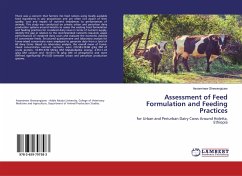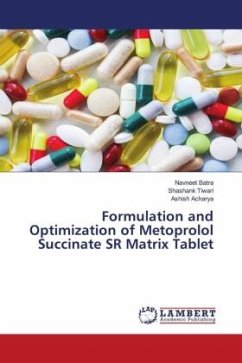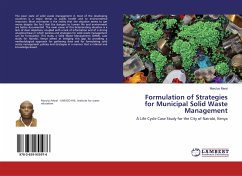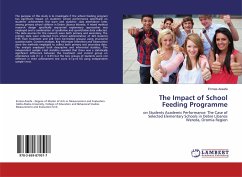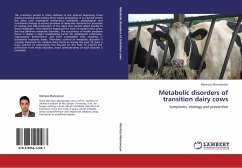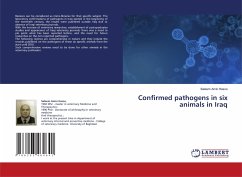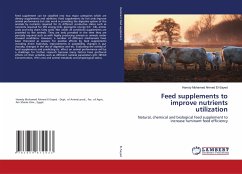There was a concern that farmers mix feed rations using locally available feed ingredients in any proportions and are often not aware of their quality, cost and impact of nutrient imbalances to performances of animals. This study was conducted on private urban and periurban dairy production systems around Holetta to assess the existing feed formulation and feeding practices for crossbred dairy cows in terms of nutrient supply, identify the gap in relation to the recommended nutrients required, assess performances of crossbred dairy cows and evaluate the economic viability of concentrate feeds. Structured questionnaire and laboratory analysis for home-mixed concentrate were employed to generate data from a total of 60 dairy farms. Based on laboratory analysis, the overall mean of home-mixed concentrates nutrient contents, were 216.58±20.86 g/kg DM of crude protein, 10.99±0.59 MJ/kg DM Metabolizable energy, 4.55±1.23 g/kg DM calcium and 10.16±1.16 g/kg DM of phosphorus and were differed significantly (P0.05) between urban and periurban production systems.
Bitte wählen Sie Ihr Anliegen aus.
Rechnungen
Retourenschein anfordern
Bestellstatus
Storno

